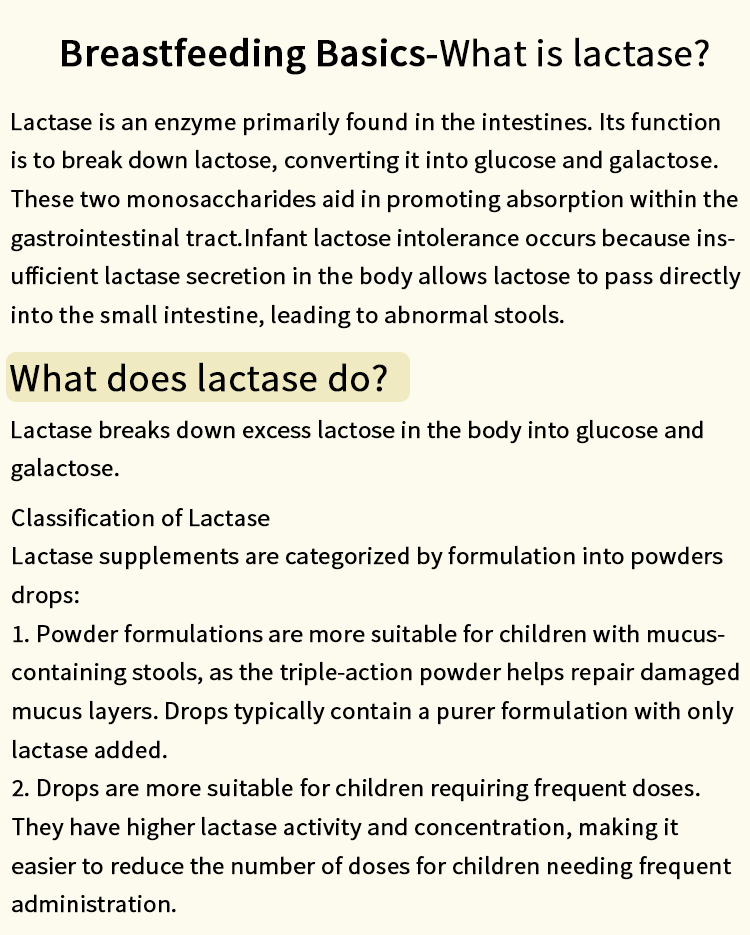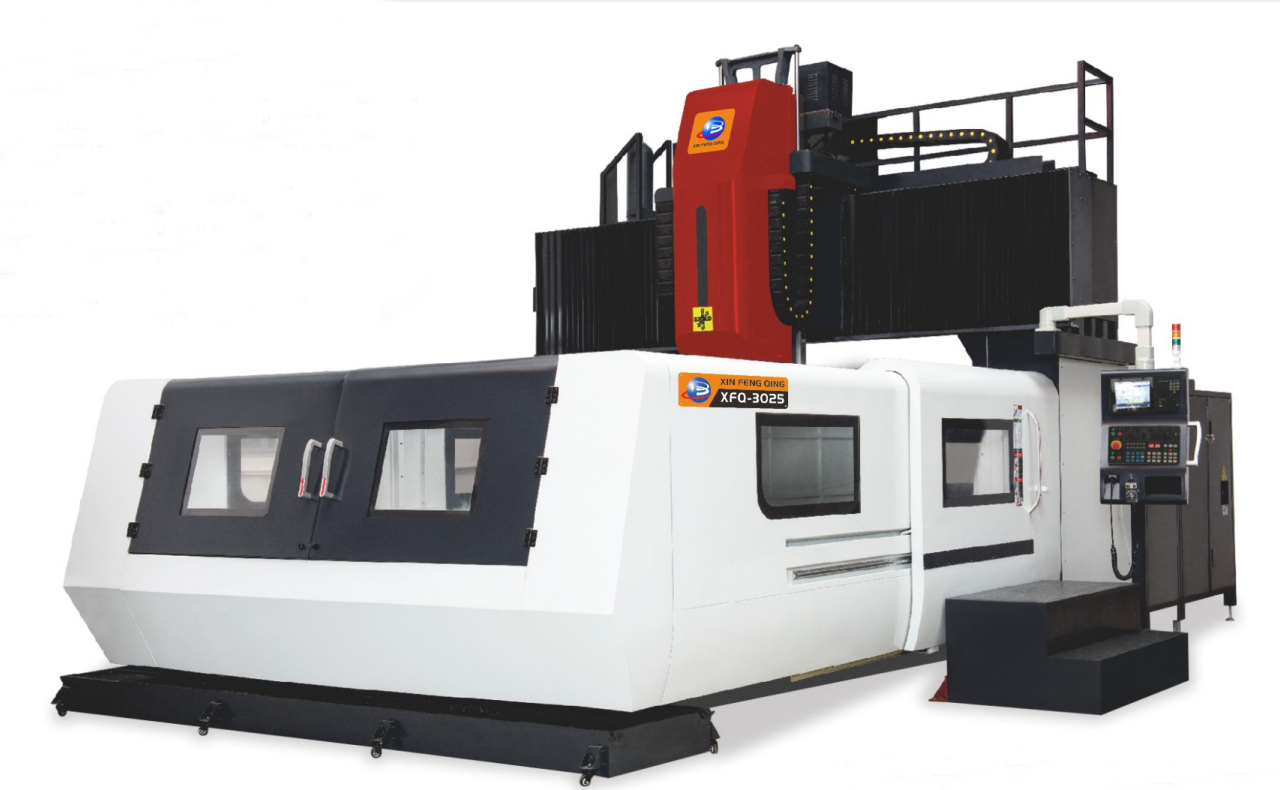When it comes to driving, the experience can vary significantly based on the type of vehicle one chooses. For new drivers, those with physical limitations, or individuals seeking a stress-free driving experience, the question arises: Which is the easiest vehicle to drive? This article delves into various vehicle categories, examining their features, ease of operation, and suitability for different drivers.
Understanding Vehicle Types
Before identifying the easiest vehicles to drive, it's essential to understand the different types of vehicles available. Broadly, vehicles can be categorized into:
- Sedans
- Crossover SUVs
- Minivans
- Electric Vehicles (EVs)
- Compact Cars
Each category has its unique characteristics that can influence driving ease.
Key Features That Enhance Driving Ease
Several features contribute to a vehicle's ease of driving. These include:
- Automatic Transmission: Vehicles with automatic transmissions eliminate the need for manual gear shifting, making them more accessible for novice drivers.
- Power Steering: This feature reduces the effort needed to steer, especially in tight spaces or during parking maneuvers.
- Visibility: A vehicle with large windows and minimal blind spots enhances the driver’s ability to see their surroundings, making driving less stressful.
- Advanced Driver Assistance Systems (ADAS): Features such as lane-keeping assist, adaptive cruise control, and parking sensors can significantly ease the driving experience.
The Easiest Vehicles to Drive
- Compact Cars
Compact cars, such as the Honda Civic and Toyota Corolla, are often lauded for their maneuverability and ease of handling. Their smaller size allows for easier navigation in urban environments, while their automatic transmission options cater to less experienced drivers. Additionally, their fuel efficiency makes them economical choices for daily commuting.
- Crossover SUVs
Crossover SUVs, like the Subaru Forester and Honda CR-V, combine the benefits of a sedan and an SUV. They offer a higher driving position, which enhances visibility, and their spacious interiors provide comfort for passengers. The availability of all-wheel drive (AWD) in many models also adds to their versatility, making them suitable for various driving conditions.
- Minivans
Minivans, such as the Toyota Sienna and Chrysler Pacifica, are designed with family in mind. They feature sliding doors for easy access, especially in tight parking spaces, and spacious interiors that accommodate multiple passengers and cargo. The smooth ride and user-friendly controls make them an excellent choice for those who prioritize comfort and convenience.
- Electric Vehicles (EVs)
Electric vehicles, like the Tesla Model 3 and Nissan Leaf, are gaining popularity for their ease of use. With instant torque and smooth acceleration, EVs provide a responsive driving experience. Many models come equipped with advanced driver assistance features, making them not only easy to drive but also safe. Furthermore, the absence of a traditional engine reduces noise and vibration, enhancing overall comfort.
- Hybrid Vehicles
Hybrid vehicles, such as the Toyota Prius, offer the benefits of both electric and gasoline engines. They are designed for efficiency and ease of use, often featuring automatic transmissions and regenerative braking systems that simplify driving. Their compact size and excellent fuel economy make them practical for city driving.
Considerations for Choosing the Right Vehicle
While the vehicles mentioned above are among the easiest to drive, personal preferences and needs play a crucial role in the decision-making process. Here are some factors to consider:
- Driving Environment: Urban drivers may prefer compact cars for their agility, while those in rural areas might benefit from the versatility of crossover SUVs.
- Passenger Capacity: Families may prioritize minivans or larger SUVs for their spacious interiors.
- Budget: Consider both the purchase price and long-term operating costs, including fuel efficiency and maintenance.
- Physical Comfort: For individuals with physical limitations, vehicles with adjustable seats, easy entry and exit, and minimal physical strain are essential.
Conclusion
Determining which vehicle is the easiest to drive depends on various factors, including personal preferences, driving conditions, and individual needs. Compact cars, crossover SUVs, minivans, electric vehicles, and hybrids each offer unique advantages that cater to different drivers. By considering the key features that enhance driving ease and aligning them with personal requirements, drivers can make informed decisions that lead to a more enjoyable and stress-free driving experience. Ultimately, the best vehicle for you is one that fits your lifestyle and makes you feel confident behind the wheel.






+ There are no comments
Add yours